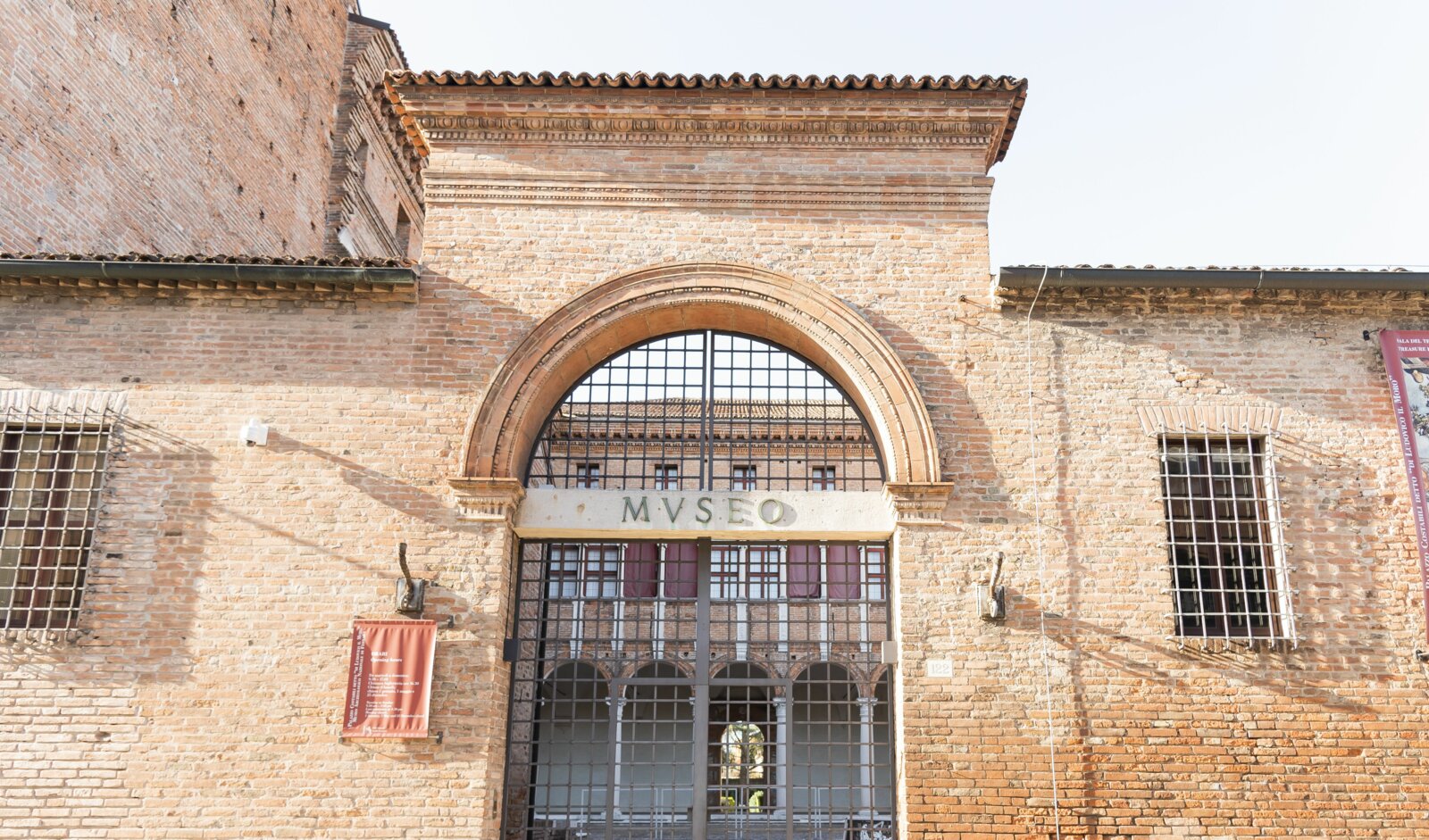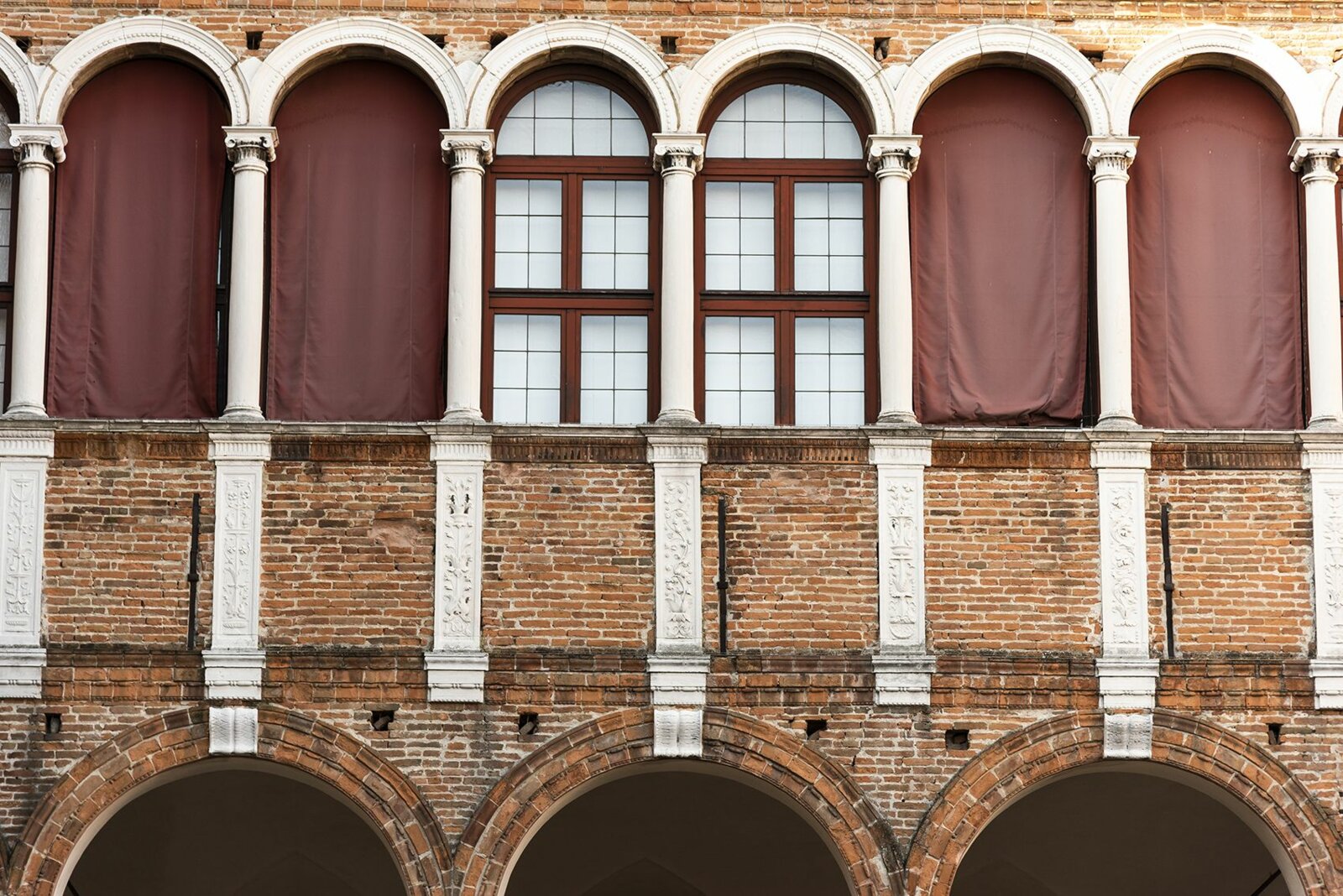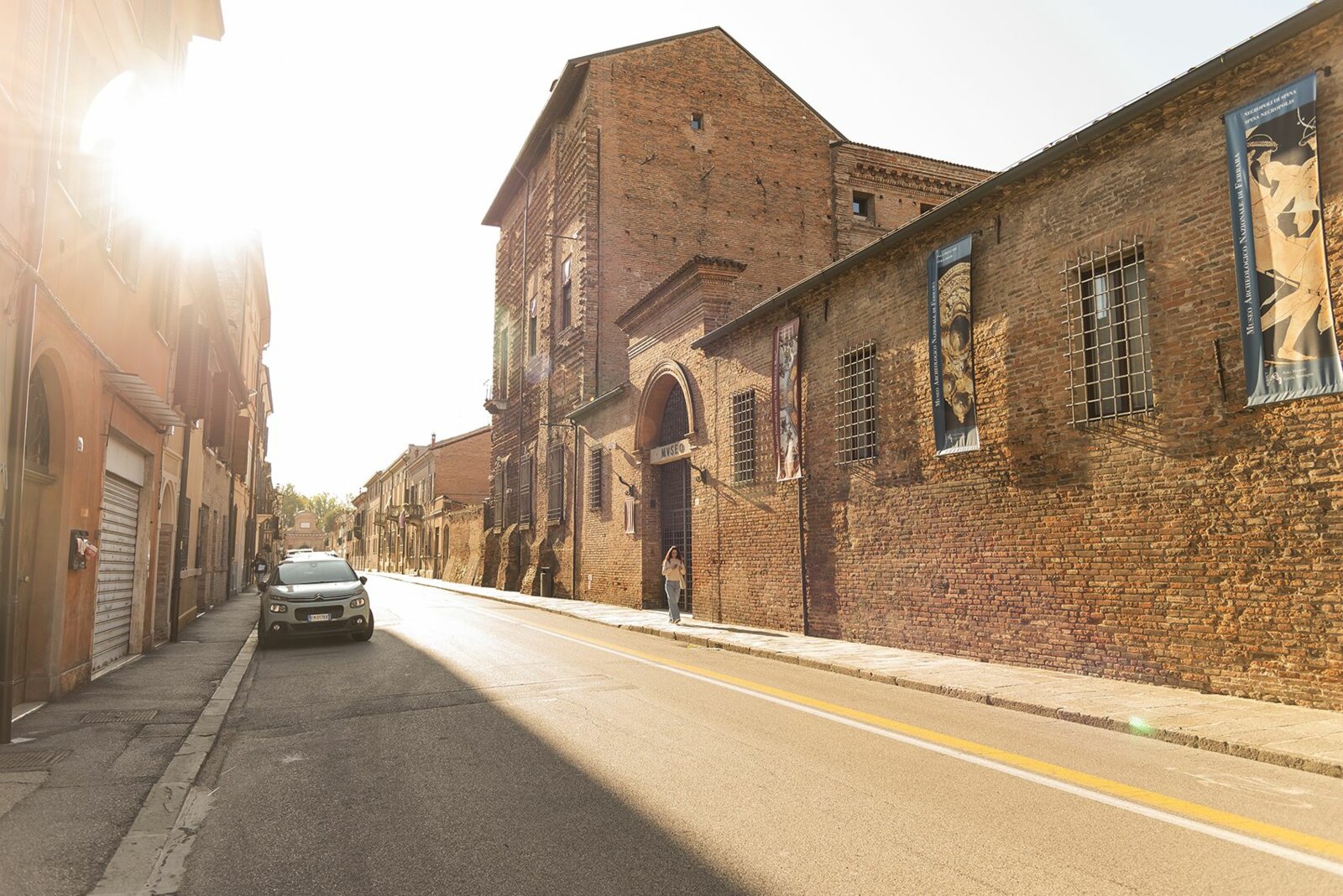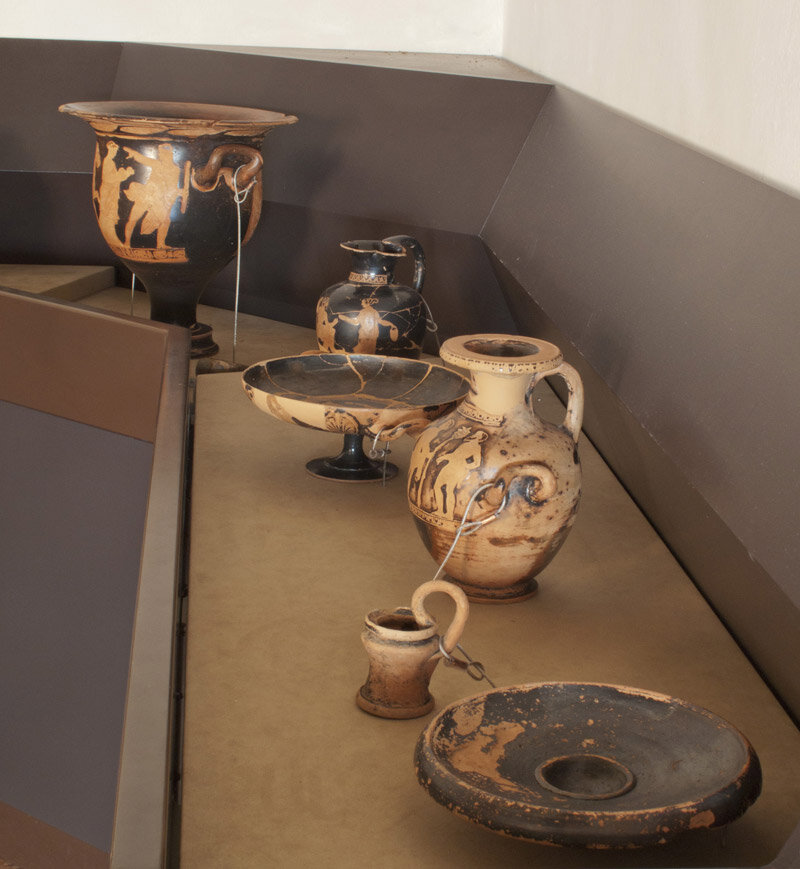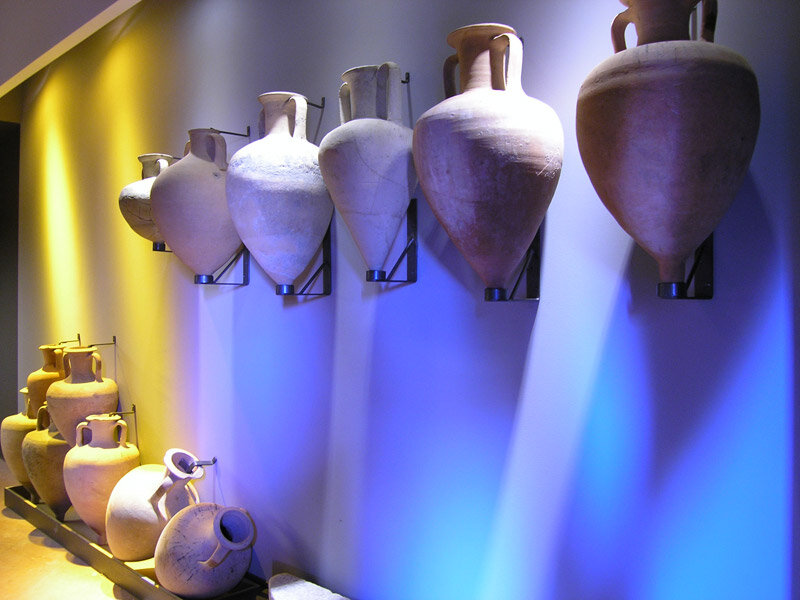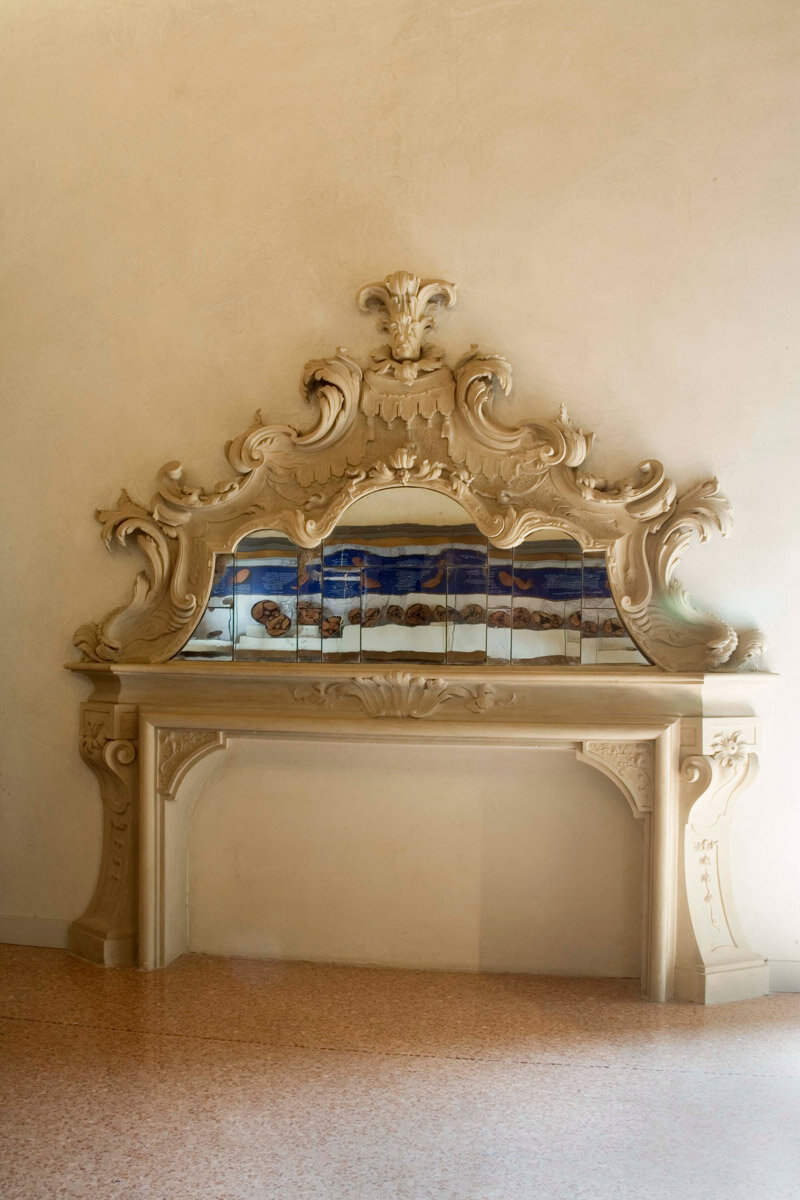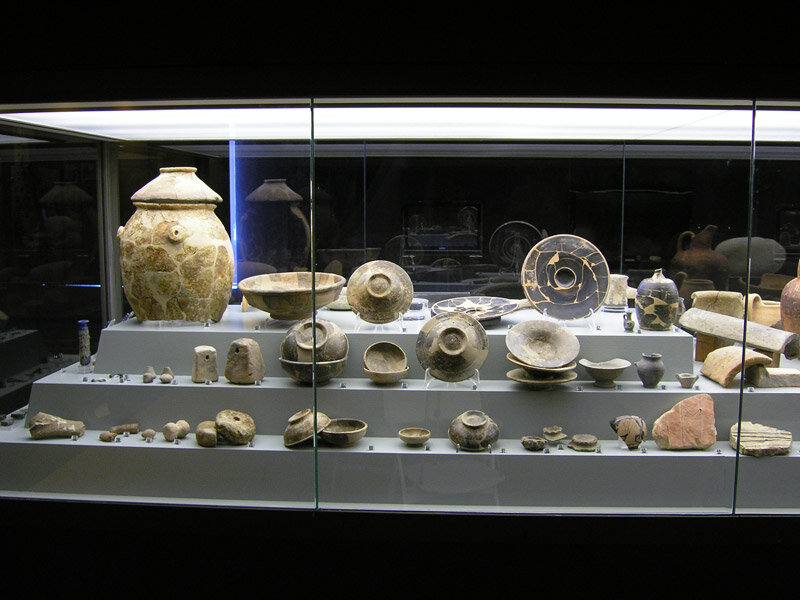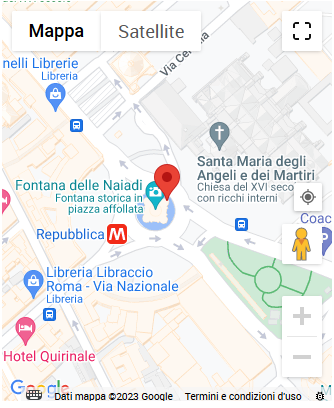Must-see because...
Discover the treasures of the ancient city of Spina: the important Etruscan city that stood along the ancient mouth of the Po
You will be fascinated by the wealth of exhibits: the museum contains evidence of Spina's economic power
A visit to the Archaeological Museum will allow you to discover the wonderful Renaissance frescoes in Palazzo Costabili
Not only the interiors: the palace has a lush and spacious neo-Renaissance garden to discover!
You might also be interested

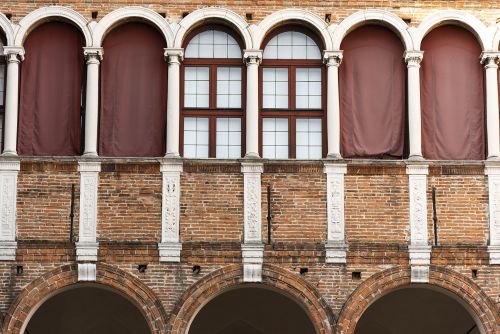
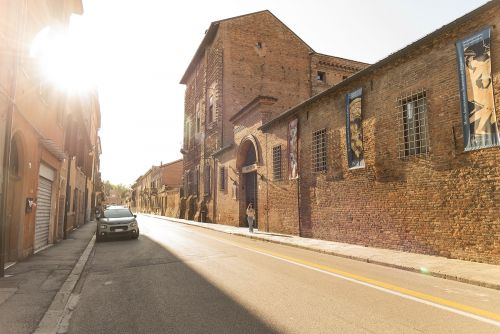
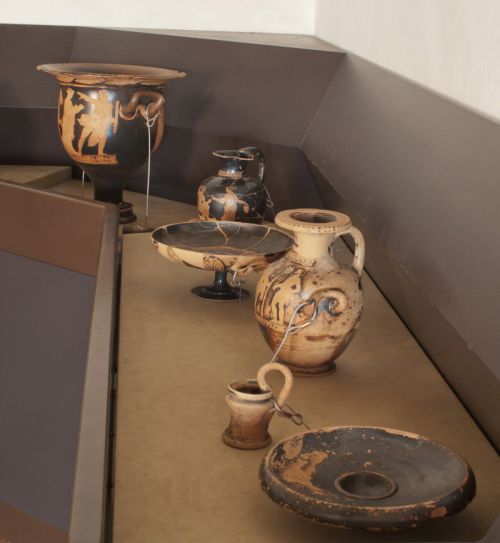
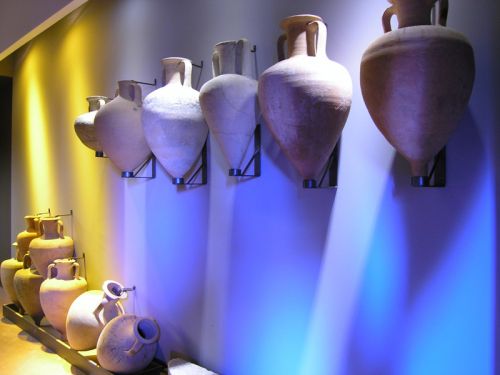
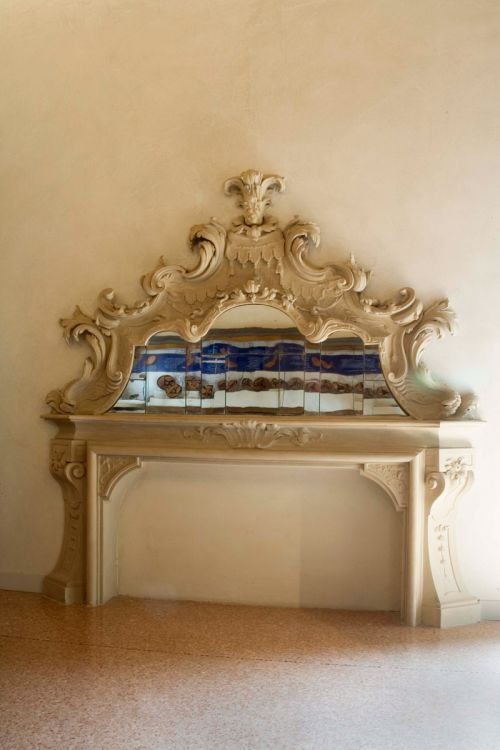
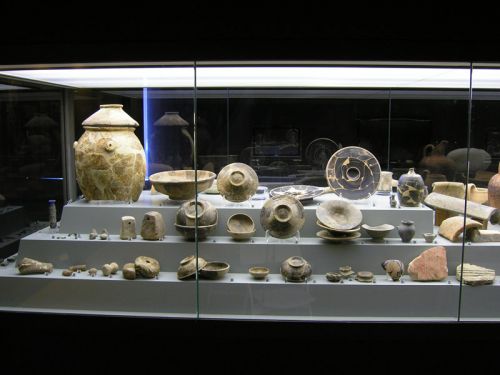
National Archaeological Museum of Ferrara
The museum is fully accessible to people with disabilities. The rooms located on the ground floor and the ticket office are accessible via an entrance equipped with an elevator located to the left of the main gate. The rooms on the main floor can be accessed via the elevator located in the west wing of the building. There are no steps or other impediments to accessing the halls, except for a 4 cm step at the entrance to the monossil craft room on the ground floor. Disabled toilets are located on the ground floor of the west wing.
For the visually impaired, a dedicated route with relief images, braille texts and a tactile bench has been set up.
Historical Notes
The Museum was founded in 1935 as an exhibition space dedicated to the famous Etruscan city of Spina, the privileged Athens port of the northern Adriatic. A true “archaeological mystery” since the Middle Ages, the discovery of Spina occurred in 1922 in a totally accidental and unexpected way during public works to reclaim the Comacchio valleys.
The materials brought to light with the countless excavation campaigns represent a unified collection of exceptional value, from both a topographical and cultural point of view.
The Visit
A visit to Ferrara's National Archaeological Museum is a unique experience, combining the discovery of Spina's exceptional finds with the wonderful setting of Palazzo Costabili.
Once through the entrance gate, the visit begins in the Courtyard of Honour and then winds its way through the ground and main floors. The three rooms on the ground floor are dedicated to the discovery of the artefacts that characterized Spina's daily life, religious beliefs and the town's multiculturalism evidenced by dedications written in different languages and alphabets.
In the sixteen rooms on the main floor, you will discover the incredible exhibition dedicated to the treasures found in the burials of the Spina necropolis. Jewellery lovers will be speechless at the fine artefacts in gold, silver, amber and glass paste found in the Hall of Gold. The ancient maps in the Hall of Maps will give visitors a clear view of the geographical context of Spina. In the Hall of the Pirogues, two monossil boats, presumably from the late Roman period (3rd–4th centuries AD) found in the vicinity of the city, will be on display.
Not to be missed is the marvellous Treasure Hall, which is found under the arches of the wonderful courtyard. It is a true jewel of the Italian Renaissance, frescoed by Benvenuto Tisi, known as Garofalo, between 1503 and 1506. With his frescoes and masterful trompe-l'œil illusion, the artist portrayed and brought to life the image of splendour in the society of the time and its daily life.
Not to be missed is a walk in the gardens of Palazzo Costabili. A true green jewel, peaceful and elegant, with the now famous labyrinth, the rose gallery and much more to discover.
You may not know about...
FULL AND EMPTY. Entering the courtyard, one notices the curious play of curtains on the second floor of the loggia, in alternating pairs. This play is intended to creatively reconstruct the original one with “full and empty” windows, alternately open and walled, taking the visitor back in time. To appreciate what remains of this architectural peculiarity, one can move to the side of the palace facing Via Porta d'Amore: there is a five-light window there, of which the central one is walled up.
PALAZZO COSTABILI OR LUDOVICO IL MORO? Ferrara residents traditionally know this building as Palazzo Ludovico il Moro. However, the real name of Ferrara's National Archaeological Museum is Palazzo Costabili. The palace was commissioned by Antonio Costabili, secretary to Ludovico il Moro and ambassador of the Este family. The urban legend passed down by Ferrara’s historians is that the construction of the palace was suggested by Ludovico il Moro to grant himself a safe exile in case he lost the Duchy of Milan. This is, in fact, an 18th-century invention which highlights the historical and political alliances between Ferrara and Milan. These were already strengthened by Ludovico's dual kinship with the Este family: he was both the husband of Beatrice d’Este and the uncle of Anna Sforza, first wife of Alfonso d'Este.
A COURTYARD IN THE MIDDLE. The courtyard of honour is adorned by a double loggia with sculptural decoration in white stone – probably the work of Gabriele Frisoni. Though this decoration is only completed on two sides, it has not affected, over the centuries, its undeniable charm. The Swiss historian Jacob Burckhardt, one of the most important historians of the 19th century and a great connoisseur and art lover, said in this regard: “This courtyard is worth ten palaces though unfinished and falling apart”.
Must-see because...
Discover the treasures of the ancient city of Spina: the important Etruscan city that stood along the ancient mouth of the Po
You will be fascinated by the wealth of exhibits: the museum contains evidence of Spina's economic power

